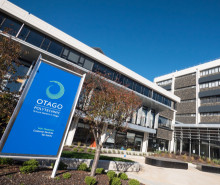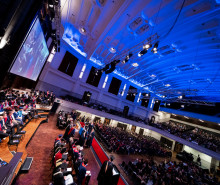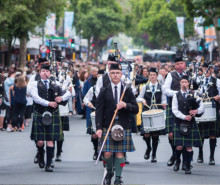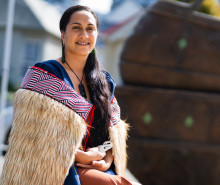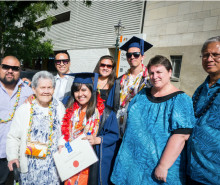Information for graduates
Karaka and Mihi Maiōhā
In 2013, Otago Polytechnic re-signed the 10 year old Memorandum of Understanding (MOU) with the Papatipu Rūnaka ki Arai-Te-ūru (Moeraki, Puketeraki, Ōtākou and Hokonui). Much progress has been made in strengthening the relationship between the Papatipu Rūnaka and the Polytechnic with the implementation and monitoring of the Māori Strategic Framework, which was developed from the MOU. Since March 2007, as an acknowledgement of this important relationship, Otago Polytechnic Graduation Ceremonies commence with karaka and a mihi maiōhā.
The purpose of the mihi maiōhā is to greet, in Māori, all visitors and all graduands to this place, while also acknowledging Kai Tahu’s place in the Otago Polytechnic Graduation Ceremony. A mihi maiōhā is not surrounded by the formality of powhiri and differs from mihi whakatau in that this ceremonial begins and ends with the woman’s or women's voice through karaka (or karanga in Northern dialect).
The mihi maiōhīa will contain an element of the recitation of the landscape and our tūpuna (ancestral names within it). It will briefly welcome all those attending the graduation to the place of those ancestors and will acknowledge that it is an honour for Kai Tahu to have been invited to participate in the graduation ceremony.
Following the maiōhā there will be a waiata kī naki (song of support for the maiōhā), E tu Kahikatea sung by staff and it will end with the karaka once more to signal its closure.

